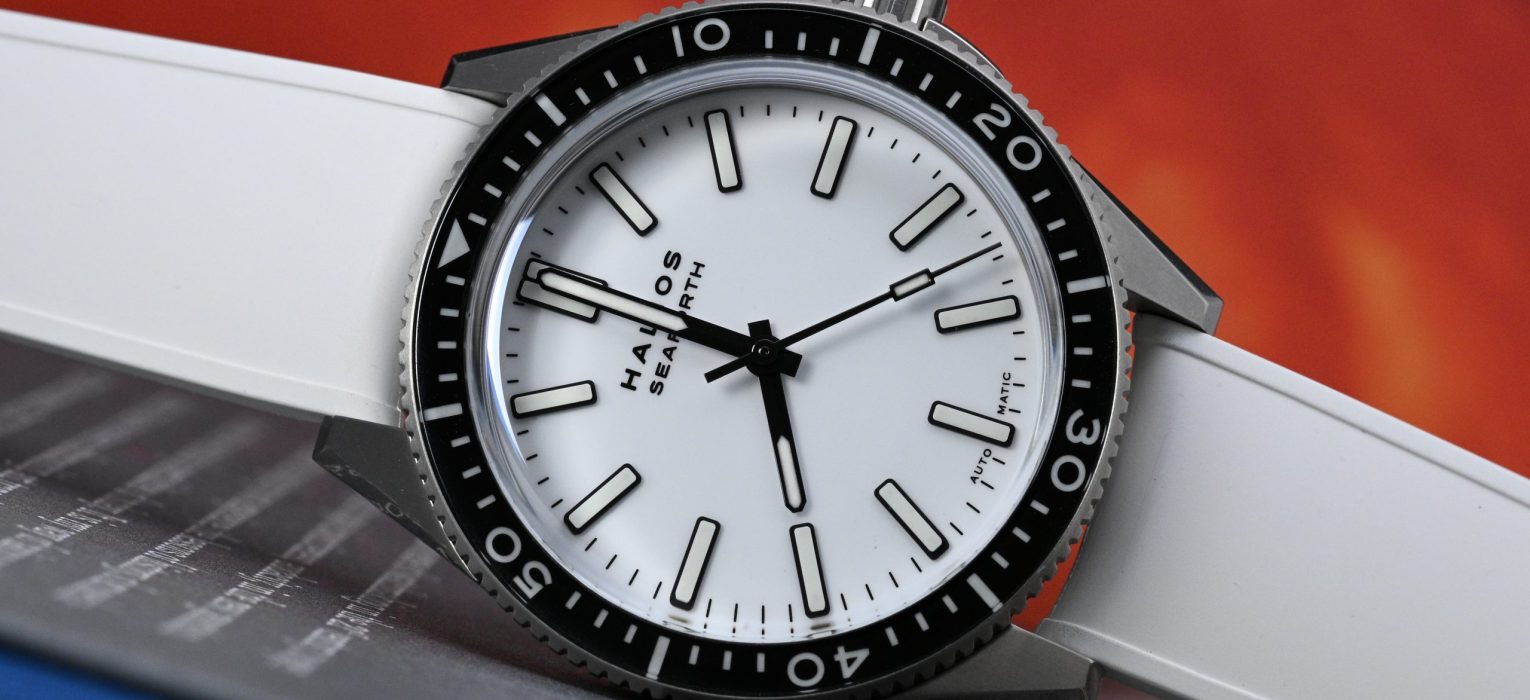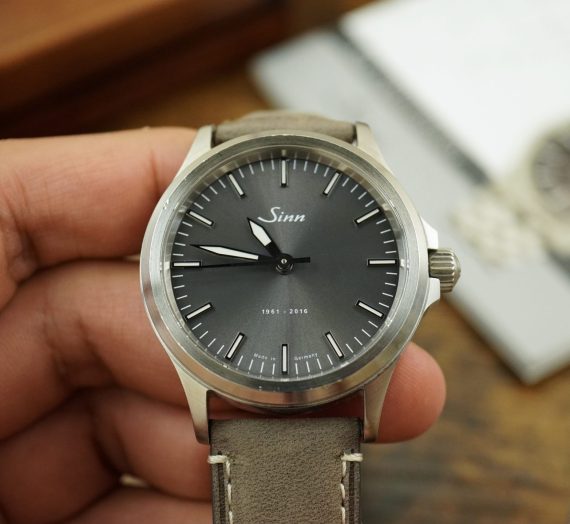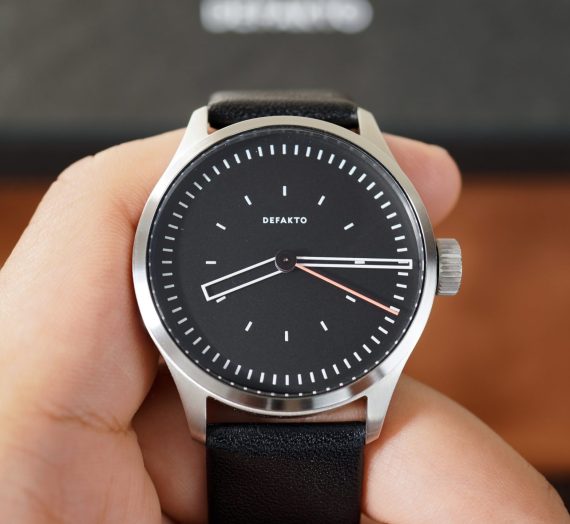Disclaimer: this video/review was not sponsored by Halios or any other entity.
Video
Review
The latest Halios Seaforth IV in titanium with a white dial is a familiar but refined update to the Seaforth lineup, many of which I’ve previously owned and thoroughly enjoyed. While not a groundbreaking release, this latest version brings welcome upgrades; most notably the addition of a matching titanium bracelet and subtle improvements in case finishing. The build quality feels incrementally tighter too, with sharper transitions and a more cohesive overall aesthetic.
I ordered this watch (priced at $965 USD) exactly one year ago, and after a long wait typical of Halios releases it finally arrived a while ago. While the core formula of the Seaforth remains largely unchanged, the upgraded execution and timeless white dial give it fresh appeal and also subtly throwback to an older Seaforth GMT variant that I unsuccessfully hunted for years.
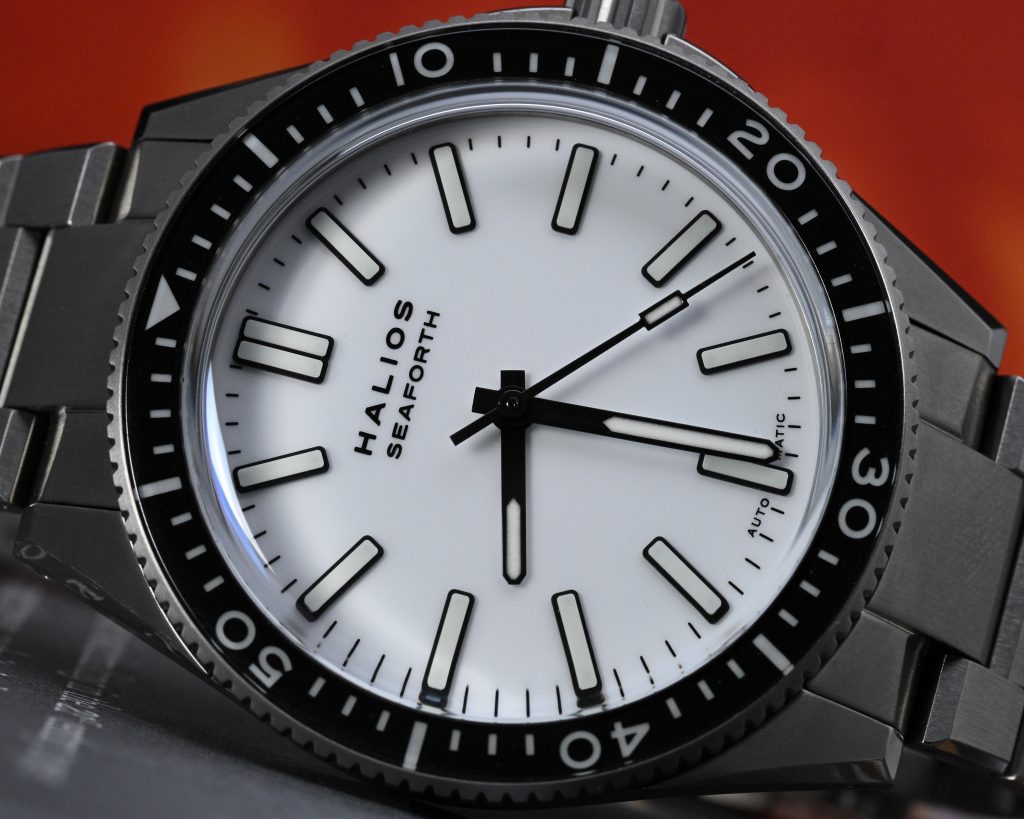
Looking back at my review of the yellow dial Seaforth IV from two years ago, many of the design elements that made that watch stand out remain just as impressive today, even as the micro-brand world evolves at a much more rapid and impressive rate than Halios does. The 3D ceramic lume hour markers with their crisp black borders continue to be a design highlight, rivaling brands like Moser, Christopher Ward, Zelos, Traska, and others.
The lacquer dial’s depth and liquid-like texture add another layer of visual interest, and the use of Globolight XP markers is still among the best-calibrated lume I’ve seen, especially in how they fade uniformly with the Super-LumiNova on the bezel and hands. Case finishing was already strong, but has improved subtly in this latest version, with cleaner polish and transitions that help justify its inclusion in collections that already have earlier Seaforth generations.
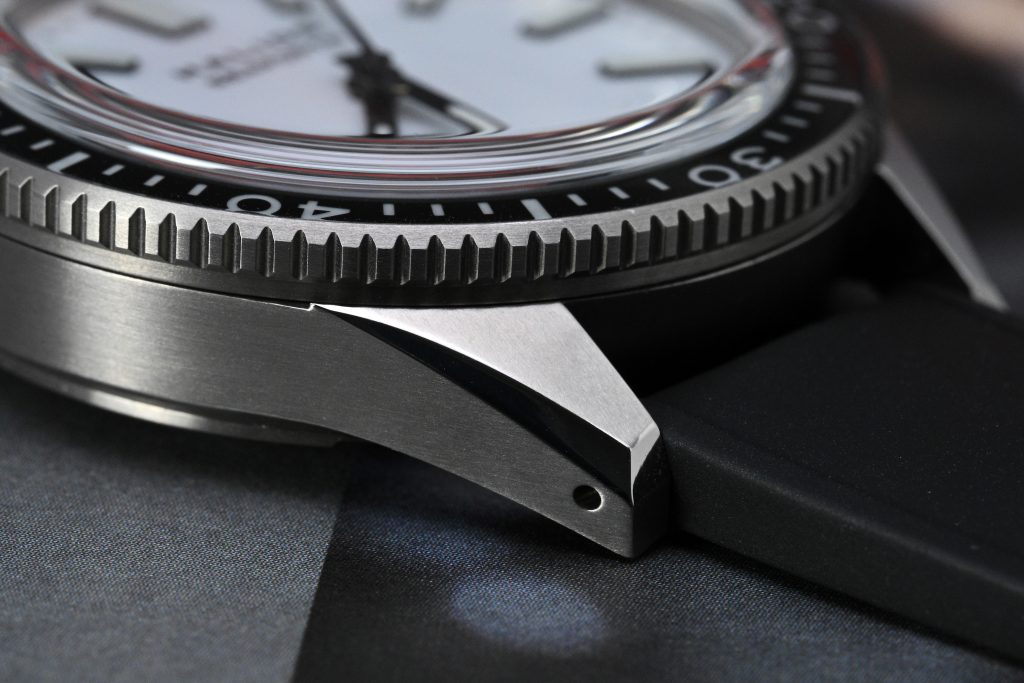
The value proposition with the Seaforth IV remains compelling. Perhaps less so when you compare it against exemplary affordable watches like Zelos and Christopher Ward, but more so when you look at the rest of the industry and how their prices have risen drastically without much improvement in product. At $965, it far exceeds most watches in the sub-$1,000 category, especially when you consider the attention to detail throughout the watch.
While I still wish Halios would consider upgrading the movement, perhaps to a Sellita SW300 or ETA 2892, I suppose I can understand the brand’s choice to stick with a calibers like the SW200-1 for price balance, although I would much prefer a Miyota 9 series movement or an LJP G100 instead. Their rubber straps are excellent as always, and the new titanium bracelet continues that thoughtful design language with matching execution.
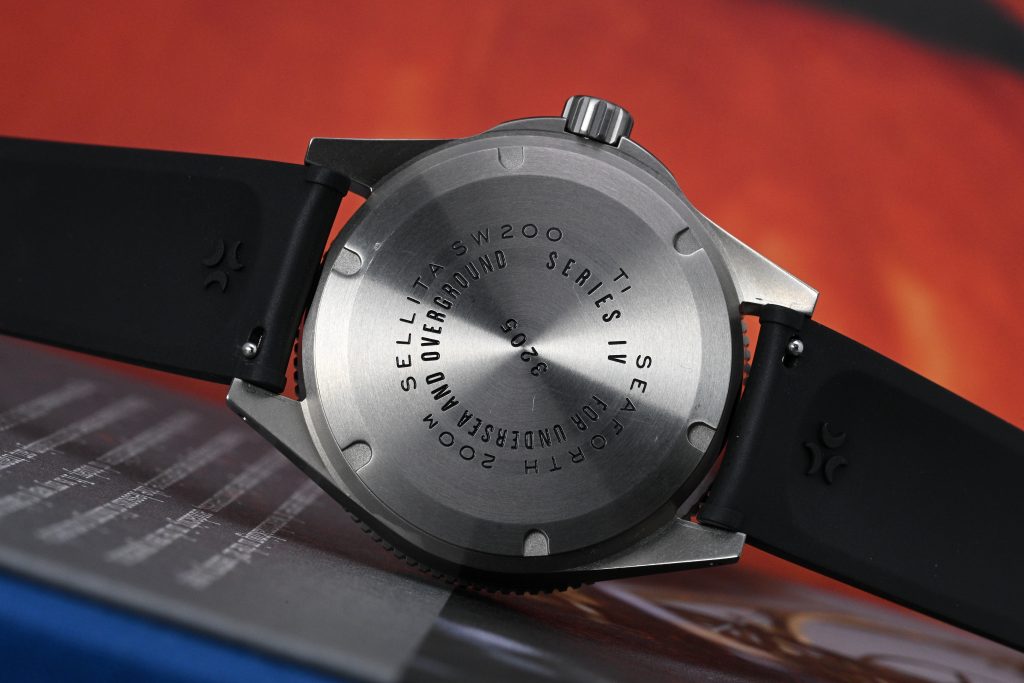
The old hurdles with navigating accessibility are slightly less painful, but still unnecessarily complicated for a brand that has been around as long as they have: buying a Halios still requires a serious time commitment, from making sure to stay on email lists to keeping track of Discords and forums. For those willing to navigate that ecosystem, though, the reward is still a thoughtfully designed, impressively executed timepiece. But there was a time when Halios was one of the only brands in this price range willing to deliver those details at these prices, and that time has unfortunately passed. So if you don’t want to indulge in the enthusiast game of acquiring a Halios, you’re not depriving yourself of something you can’t get elsewhere.
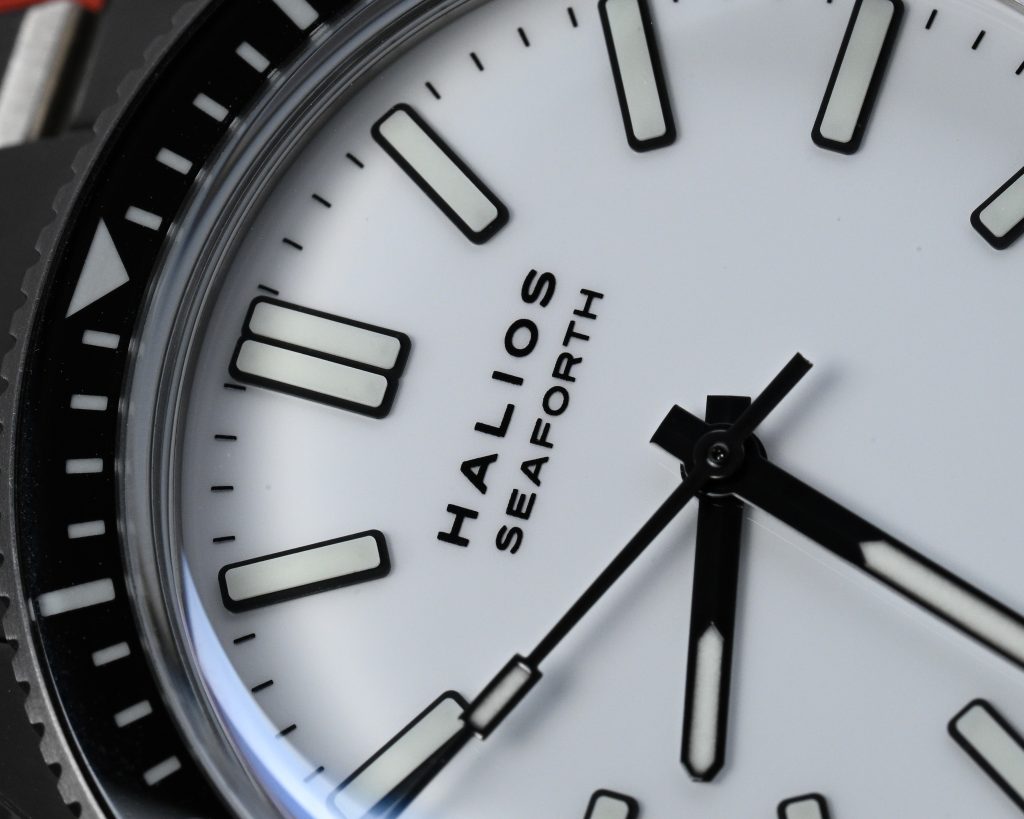
To Halios’ credit, while the wait for a Seaforth used to feel long and uncertain, the ordering process now has become a lot more straightforward. Gone are the days of cryptic email drops and guessing games. Today, if you’re paying attention to the brand’s communications, be it their mailing list updates, discord chats, or Instagram announcements, you’ll know when a pre-order window is open. You pay, you wait, and many months later, a watch shows up at your doorstep. It’s not instant gratification, but it’s at least transparent and guaranteed.
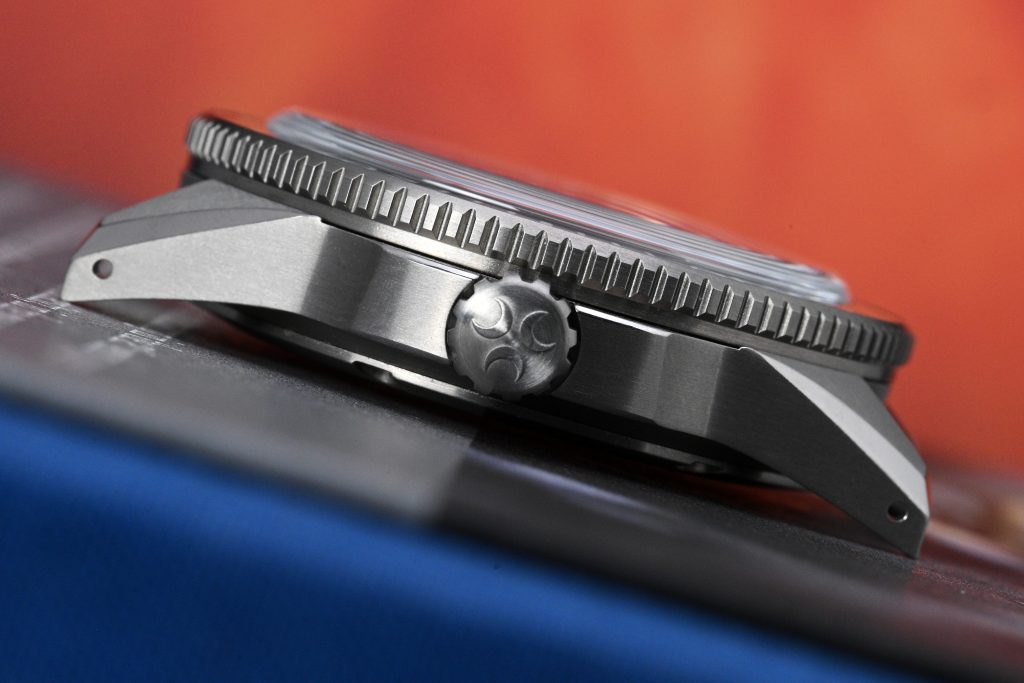
The biggest and most welcome change with this generation of Seaforths is the bracelet. Previous Seaforths didn’t ship with a bracelet, despite years of customer requests; now that it’s finally here, I’m glad that Jason didn’t rush it. The bracelet is genuinely excellent. The end links are a highlight, with curved and faceted edges that suggest a complex, well-thought-out design. The individual links feature soft curvature that hugs the wrist comfortably, and the finishing is top-notch: brushing on the faces, polished bevels along the sides that transition beautifully from the lugs. Screw links add to the premium feel, and the overall construction is solid without being bulky. It’s a bracelet that feels purpose-built, not an afterthought, and it elevates the wearing experience considerably.
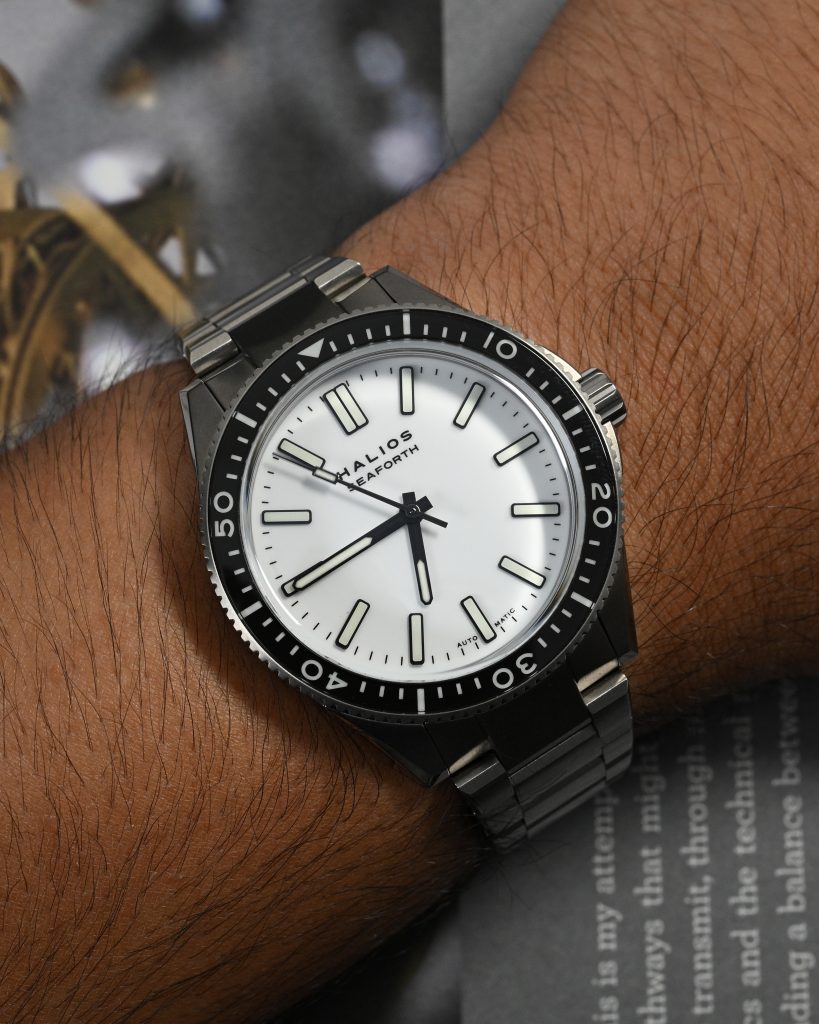
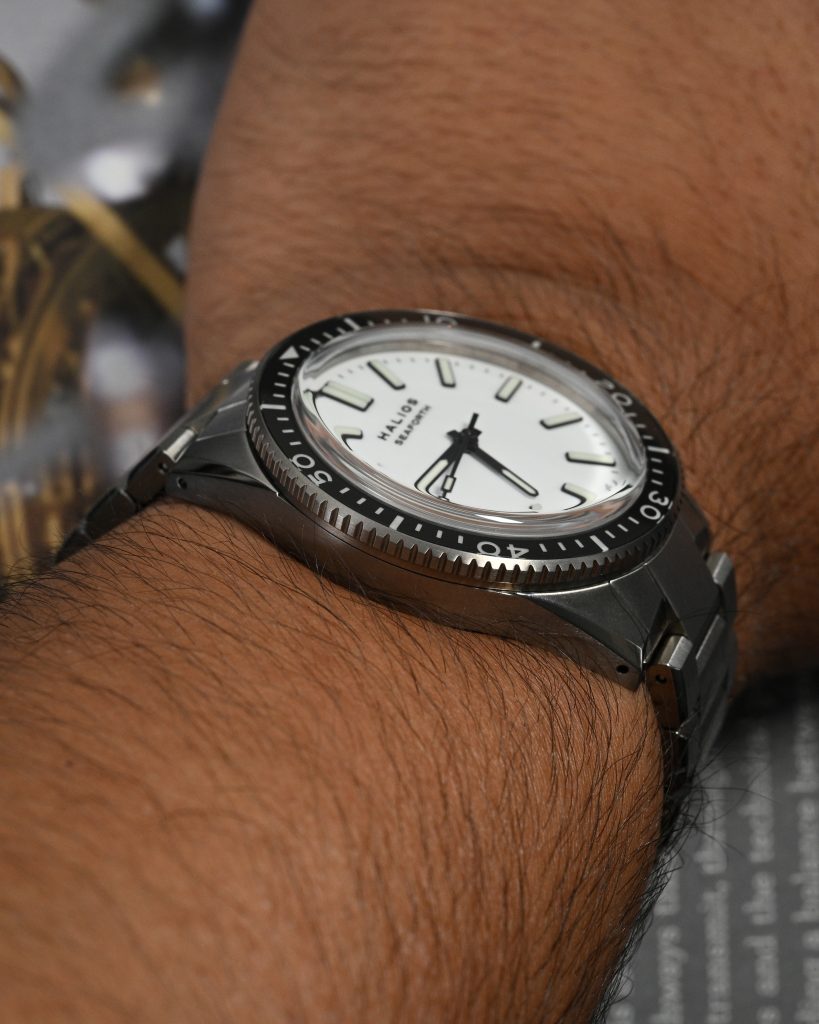
Another area where Halios continues to impress is the clasp. They were one of the earliest micro-brands to include a tool-free adjustable clasp, first introduced with the Fairwind and Universa. This new version is even better. It’s more solidly built, better proportioned, and subtly contoured so it’s soft to the touch. The button-operated extension system now has a concave, recessed surface that helps avoid accidental presses: a common complaint with similar clasps from other brands. It’s incredibly easy to use, and I’ve been able to get a perfect fit on the fly throughout the day. It’s the kind of quality-of-life upgrade that feels invisible until you use a watch that doesn’t have it, and then you realize what you’ve been missing.

Beyond the big changes, it’s the small touches that continue to make the Seaforth IV feel like more than just another microbrand release. The drilled lug holes, quick-release spring bars, satisfying bezel action, and the box sapphire crystal all add up to an experience that feels well beyond the watch’s price point. The lacquer dial, with its subtle translucency, adds a dynamic quality that shifts with light, while the micro-beveled edges on the clasp and case make the watch feel tactilely soft and refined in hand. These are the kinds of details that most brands overlook, but Halios seems to have obsessed over, and it shows.
As someone who’s a fan of lume, it’s worth emphasizing again how well the Seaforth handles its Globolight markers. Unlike many brands that overdo the lume blocks but under-deliver on hands or bezels, Halios has found that sweet spot. The ceramic lume is bright and punchy, but it’s calibrated to match the rest of the lumed components: so the hands, bezel insert, and hour markers all fade in unison. Compared to other watches like the Farer Lissom or CW Lumiere, the Seaforth feels better balanced and more cohesive in nighttime visibility. It’s a quiet technical achievement that enthusiasts will definitely appreciate.
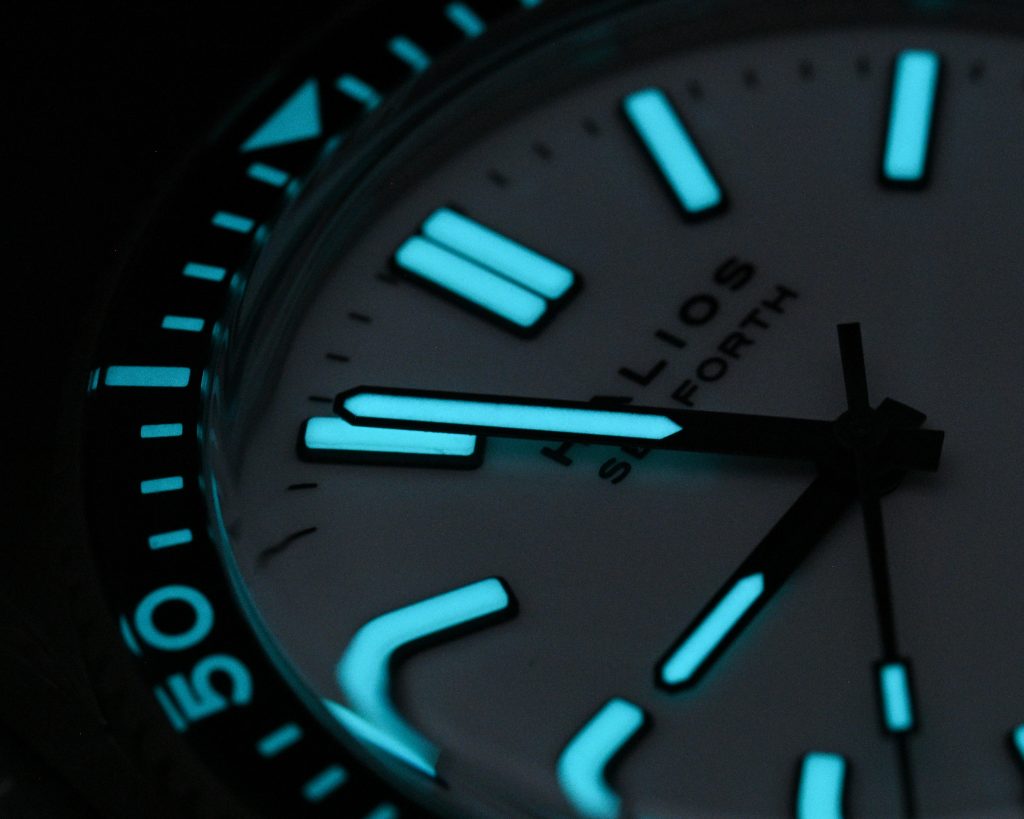
I didn’t use my usual structured review format this time around because, frankly, I’ve already said a lot of what needed to be said in my review of the yellow dial version. Instead, I wanted to take a more reflective approach… highlighting what’s improved, what’s remained excellent, and why this brand continues to hold my attention. Halios still faces some of the same growing pains it always has: limited supply and long lead times – but it also continues to refine its craft in all the right ways.
So if you’re reading this trying to decide whether the Seaforth IV is worth your money, the answer is a resounding yes. It delivers significantly more than its $965 price tag suggests. And if you’re wondering whether it’s worth the time and effort to get one… yes, that too. While the wait hasn’t shortened, the process is clearer, and the payoff is real. If you have the patience, you’ll be rewarded with a thoughtfully executed, incredibly wearable watch that punches way above its weight. Sign up, keep an eye out, and when your Seaforth finally lands on your wrist, you’ll understand what all the quiet hype was about.
Specifications
Diameter: 40.5mm
Lug-to-Lug: 46.25mm, 52.25mm including end links
Thickness: 12.25mm
Crown Diameter: 6.00mm
Lug Width: 20mm
Case Material: Grade 2 Titanium
Bracelet Material: Grade 2 Titanium
Bezel: 120 click, Uni-directional, Sapphire Insert
Price: $965 USD

